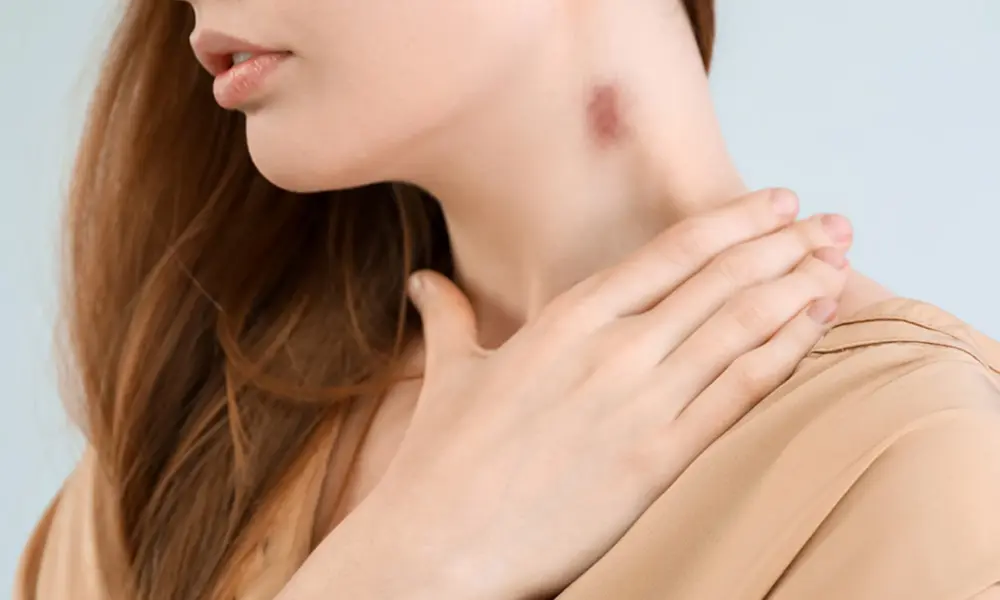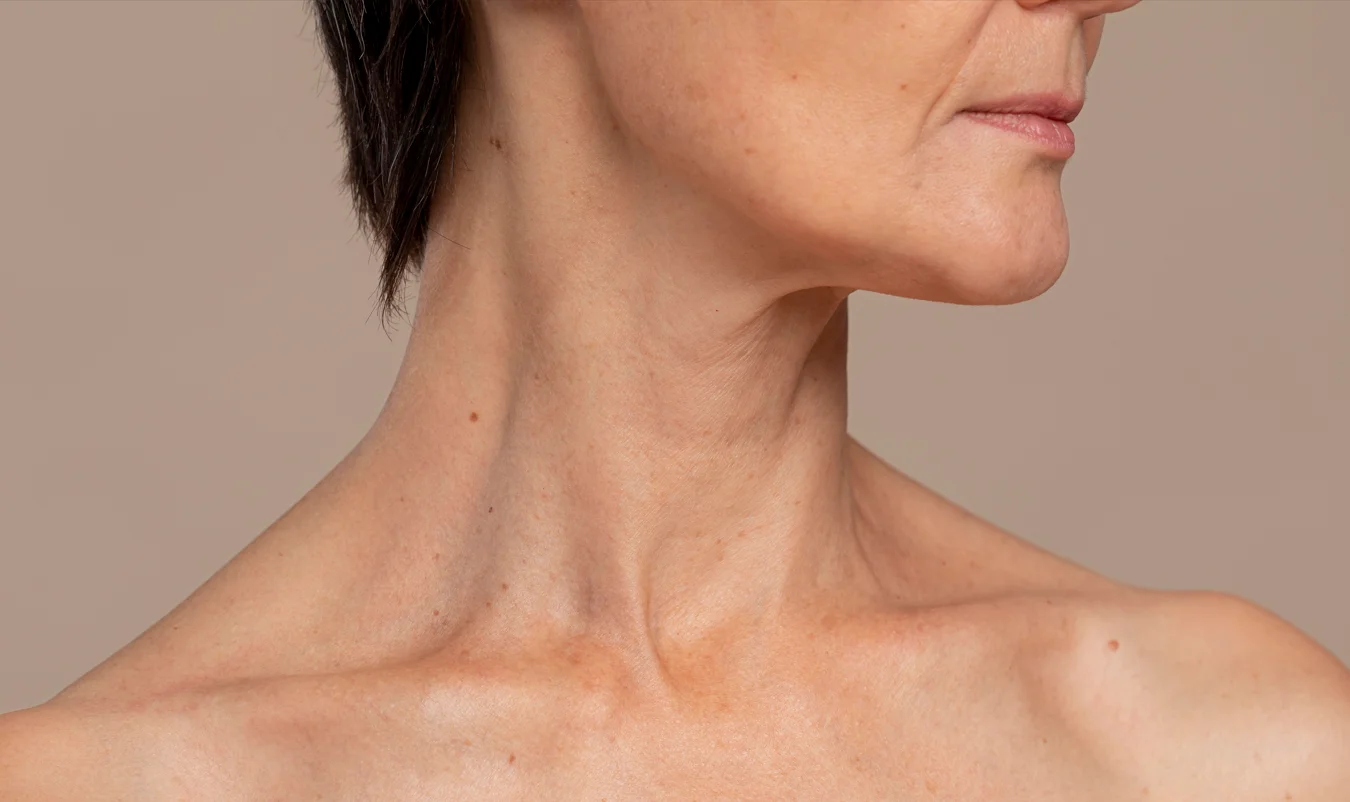
Children’s rashes are a common occurrence and you often have nothing to worry about. However, there are instances when a rash may indicate an underlying condition that requires medical attention. As a parent, it’s essential to be aware of the signs and symptoms that warrant concern. In this article, we will discuss when to be concerned about your child’s rash and the key indicators that require prompt evaluation by a healthcare professional.
Persistence and Spreading
While many rashes in children resolve on their own within a few days, persistent or spreading rashes should be taken seriously. If your child’s rash continues to worsen or spreads rapidly across their body, it could be a sign of an allergic reaction or an infection. Additionally, if the rash is accompanied by other concerning symptoms, such as fever, lethargy, or difficulty breathing, immediate medical attention could be necessary.
Severe Itching or Discomfort
If your child is experiencing intense itching or discomfort due to the rash, it may be a cause for concern. Excessive scratching can lead to skin damage and increase the risk of infection. Severe itching may indicate an allergic reaction, such as hives or contact dermatitis. In such cases, it’s important to consult a healthcare professional to identify the underlying cause and provide appropriate treatment to alleviate the itching and discomfort.
Presence of Blisters or Ulcers
The presence of blisters or ulcers within the rash is another red flag that warrants concern. Blisters filled with fluid or pus may indicate a viral infection, such as chickenpox or hand, foot, and mouth disease. Ulcers, on the other hand, can be a sign of a more serious condition, such as a bacterial infection or an autoimmune disorder. It’s crucial to seek medical attention if your child’s rash is accompanied by blisters or ulcers to determine the appropriate course of treatment.
High Fever
If your child develops a rash accompanied by a high fever, it may indicate an underlying infection that requires medical attention. Certain bacterial or viral infections, such as scarlet fever or measles, can cause both fever and a rash. In such cases, it’s important to consult a healthcare professional to evaluate the rash and determine the appropriate treatment to address the underlying infection.
Change in Behavior or General Health
A rash that is accompanied by a change in your child’s behavior or general health should not be ignored. If your child becomes unusually irritable, experiences a loss of appetite, or appears generally unwell, it may be an indication of a more significant underlying condition. In some cases, a rash can be a symptom of a systemic illness or an allergic reaction that requires prompt medical attention. Trust your instincts as a parent and seek medical advice if you have concerns about your child’s overall well-being in conjunction with the rash.
Difficulty Breathing or Swallowing
If your child experiences difficulty breathing or swallowing in conjunction with the rash, it may signify a severe allergic reaction or a potentially life-threatening condition. This can occur in cases of anaphylaxis, a severe allergic reaction that requires immediate medical attention. If you observe any signs of respiratory distress or difficulty swallowing, do not hesitate to call emergency services or go to the nearest emergency room.
Conclusion
While most children’s rashes are harmless and resolve on their own, it’s important to be vigilant and recognize the signs and symptoms that warrant concern. Persistent spreading of the rash, severe itching or discomfort, presence of blisters or ulcers, high fever, change in behavior or general health, and difficulty breathing or swallowing are key indicators that require medical evaluation. Trust your instincts as a parent and consult a healthcare professional if you have any concerns.




